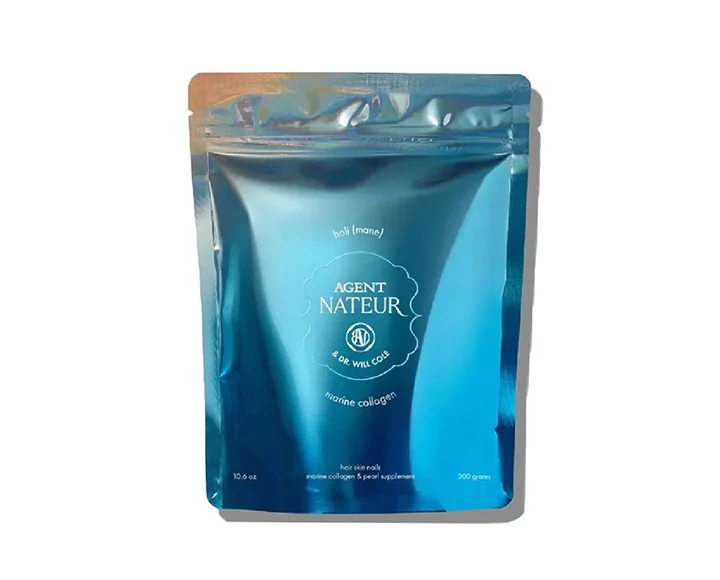We’ve been on a bit of an Ayurvedic kick lately, taking guidance from this ancient practice for beating cravings based on our doshas and staying balanced with the seasons. We’ve been ghee-ing up our morning coffees and even partaking in a little panchakarma – more soon! There’s something to be said for a practice that has been tried and tested for 5000 years, right?
With weather just beginning to warm, now is the perfect time to take on a little pre-spring cleanse with a warming and detoxifying Ayurvedic stew from Holistic Health Counselor, Pamela Salzman. Pamela always makes eating holistically seem uber-accessible because she knows her way around the kitchen – and it’s guests. Her recipes are delicious and simple. When it comes right down to it, isn’t that exactly what we’re looking for on a Monday night?
While traditional kitchari recipes vary greatly in what cleansing spices or seasonal vegetables are used, the same basic benefits apply. Whether you decide to go full cleanse and consume it for every meal for a week or just to use it as a delicous base and recipe staple, grab this recipe, and prepare to get cozy and grounded.
Kitchari (also spelled kitcheree and kichadi) is an ayurvedic stew known for its digestibility and nourishing properties. I had my first bowl when I did a pancha karma detoxification treatment many years ago. Kitchari is what you eat during an ayurvedic detox or cleanse, or make to nourish the sick or elderly. I enjoyed it so much I have since made it over and over again at home. It is a simple mixture of split mung beans and basmati rice with traditional Indian spices: very comforting and light at the same time.
There are infinite recipes for kitchari, this being my favorite. But feel free to play around with the spices and vegetables, according to what’s in season. If you are eating this during a cleanse, it is important to avoid using hard-to-digest foods in the kitchari, such as brown rice or ghee (small amounts are ok, but too much stalls the detoxification process.) Whether you are looking to give your digestion a break or in search of a warm hug in a bowl, I think you’ll find this to be a pleasing and surprisingly delicious dish that you might make regularly throughout the year.
KITCHARI
Serves 6 as a entrée dish
ingredients:
2 Tbsp ghee or unrefined virgin coconut oil
1 Tbsp mustard seeds (yellow or brown)
½ Tbsp cumin seeds
pinch or two of crushed red chili flakes (omit if detoxing)
1 cup dried split yellow mung dhal, rinsed
1 cup brown or white basmati rice*, rinsed
2 large carrots, cut into large chunks
1 ½ tsp ground turmeric
1 tsp ground coriander
8 cups water**
2 cups finely chopped kale, spinach, beet greens or Swiss chard
½ cup chopped cilantro or more
1 ½ tsp sea salt + more to taste
directions:
Heat oil in a large pot. Add mustard seeds, cumin seeds, and chili flakes and gently sauté over medium heat until the seeds begin to pop.
Then add the dhal, rice, carrots, turmeric and coriander. Stir together a bit so the spices evenly coat the rice and beans. Then add the water. Bring the stew to a boil, cover and simmer on low for about 45 minutes for brown rice or 25 minutes for white rice (add more water if needed). Feel free to simmer longer, if desired.
Once the rice and beans are cooked, add the chopped greens, cilantro and salt. Stir until just mixed. Turn off heat, cover, and let stand for about 5 minutes, or until greens are tender.
Taste for salt. Serve hot or warm.
Notes:
*White rice is traditionally used because it is more digestible than brown. But if you prefer brown, it is best if you can soak it for 8 hours.
** Add more water more for a soupy kitchari. Traditionally, it is more of a vegetable stew than a broth, but go with the consistency that you like. Kitcheree will thicken as it cools, so you may need to add more water than you originally thought.













